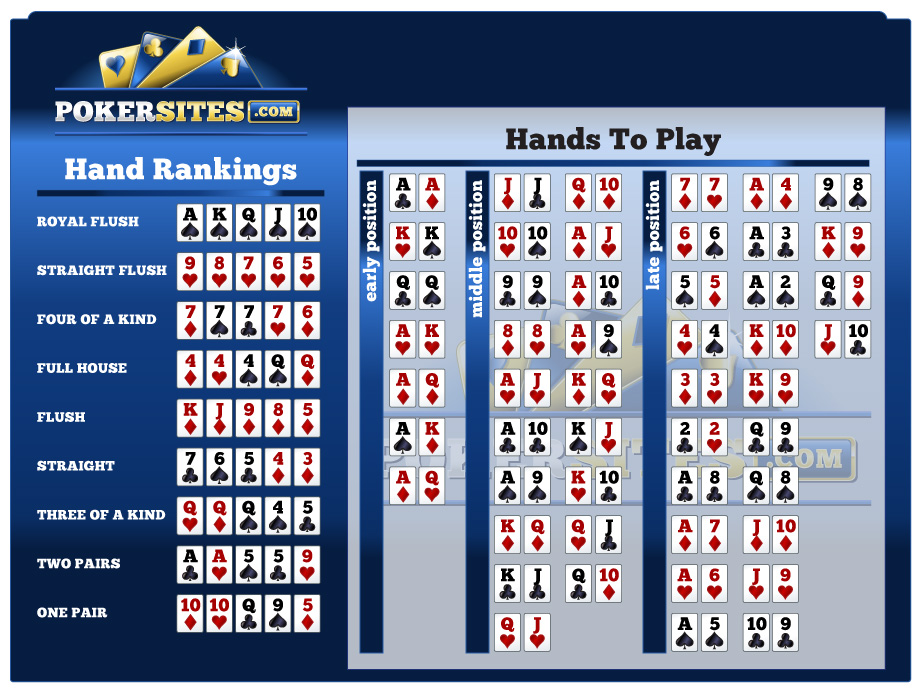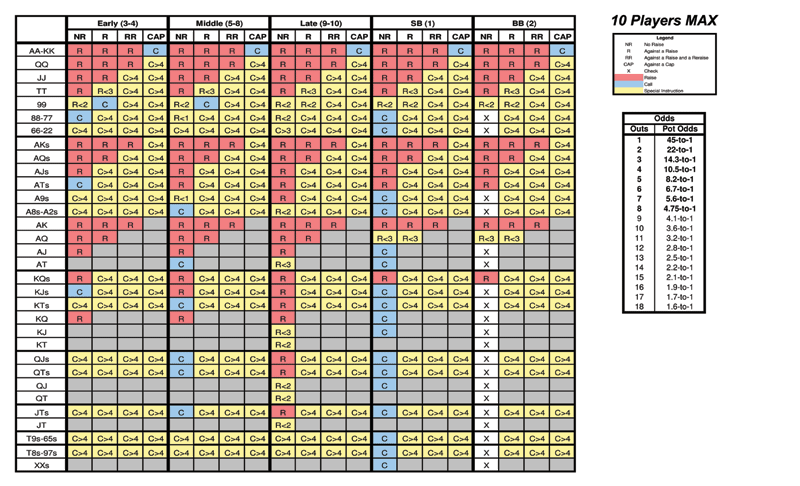Spread Payout
Point spread betting is the most popular form of sports betting. The vast majority of sports wagers use a point spread thanks to the popularity of football and basketball. Even though this type of betting is so popular, it may take awhile to understand.
The point spread is sometimes known as an equalizer for sportsbook operators. All teams aren’t created equally, so sportsbooks can create a point spread for a game so that each team playing has an almost even chance of winning the game. In a way, the point spread will even the field for both teams.
The point spread gives a reason for bettors to risk money on both teams. The better team playing in the game is considered favorite. They have to win by the point spread offered by the sportsbook. The favorite in a game is listed as being minus (-) the point spread.
The worse of the teams playing in the game is called the underdog. The bettor wins if this team wins the game outright or loses by an amount smaller than the point spread. The underdog in a game is listed as being plus (+) the point spread.
Let’s use the upcoming Super Bowl between the Kansas City Chiefs and Tampa Bay Buccaneers as an example.
Using this example, the Chiefs opened as 3-point favorites over the Buccaneers (currently Chiefs ). The Chiefs need to win by 4 or more points to cover the spread.
Likewise, the Buccaneers opened as 3-point underdogs. That means the Buccaneers would need to win the game outright or not lose the contest by 4 points or more. If the line is Chiefs -3 and they win by exactly 3 points, the betting result is a “push” and bettors for both sides would get their wagers refunded.
BETMGM SPECIAL - New Customers receive a Risk Free First Bet up to $600 + $50 Parlay Insurance for the Big Game! (Just opt-in and place a One Game Parlay wager with 4 legs or more on The Big Game and if you miss one leg, you’ll receive up to $50 back in Free bets. (Maximum 20 legs) - To Claim Click This Link
How to read Super Bowl 55 Odds. The Kansas City Chiefs wil meet the Tampa Bay Buccaneers in Super Bowl 55 from Raymond James Stadium in Tampa, Florida on Feb. The Chiefs opened as -3.5 betting favorites while the Buccaneers are 3.5 underdogs. $25 Same-Game Parlay Insurance: All members at FanDuel Sportsbook can receive $25 back if one leg of their Super Bowl parlay loses (minimum -200 odds per leg or +200 combined odds). Big Game Bingo: Free to play at FanDuel Sportsbook, all members have the chance to connect five prop bets for up to $100,000 in prizes.
ALSO READ: 5 Fun Super Bowl prop bets to consider

Point spread betting odds
Point spreads are usually set with -110 odds, but pricing often fluctuates at online sportsbooks. This is the sportsbook operators’ house edge. The odds guarantee the sportsbook operator will see a little money over time. When the odds are set at -110, the bettor must wager $110 to win $100 (or $11 to win $10).
The odds on a point spread are most commonly known as the vigorish or “vig” for the sportsbook. You might hear this small profit margin for the sportsbook called the “juice” by some sports bettors.
Point spread FAQs
What does ‘pick em’ or ‘pick’ mean in NFL betting?
A “pick em” (sometimes seen as “pick”) is when the teams have a point spread of zero, meaning neither team is favored. In this instance, you’re essentially picking moneyline and your bet will be determined on the winner alone.
What does -7 and +7 mean in NFL betting?
A spread of minus-seven (-7) means that a is favored to win the game by a touchdown (technically, a touchdown and the extra point). A team favored by -7 must win the game by eight or more points to win the bet. If the team wins by seven, the result is a “push” and the bet is refunded.
A spread of +7 means the team must win the game or lose by fewer than seven points to win the bet. A loss by seven would result in a push.
What does -3 and +3 mean in NFL betting?
A -3 spread means that the favorite must win by more than a field goal to win the wager. A three-point win would result in a push and the sportsbook would refund the wager.
A spread of +3 means the team listed as the underdog must win the game or lose by fewer than three points to cash the bet. A three-point loss would be graded as a push by the sportsbook and the bet would be refunded.
Why are point spreads in the NFL so much lower than in college?
In 2019, the Baltimore Ravens led the NFL in point differential per game at +13.7 points; the Miami Dolphins ranked last in the NFL in point differential per game at -11.7. Even Kansas City– known for their explosive offense– had an average point differential in 2019 of just 9.7 points. The net point differential in the NFL is -14.1, or -0.9 points per game. Basically, the talent differential in the NFL is so minute that even mismatched teams often draw games within a score of each other.
NFL spreads are most commonly between one point and four, with six being a heavy favorite and extremes coming out around 15-20 point favors. (For those wondering, the 1941 Chicago Bears hold the NFL record of point differential at +15.7 points per game. Conversely, Ohio State had a +33.1 average point differential in 2019.)
Point spread and odds movement

Sportsbook operators often aim to have equal money on both sides of a point spread. When the money is exactly split the sportsbook operator will see the exact vigorish as their profit margin. If all things are equal over time this will maximize how much money the sportsbook operator can make.
In an effort to have equal money on both sides of a wager, the sportsbook operator will move the point spread to attract money on the side that customers aren’t betting on. The odds for a point spread might change before the actual point spread. There are certain point spread numbers, like 3 and 7 in football, the sportsbook operators would like to avoid moving away from since the final score margin falls on these two numbers most often.
For example, if a lot more money is wagered on the New England Patriots -3, the vig may shift from -112 to -115 and -120 before the line moves to -3.5.
Run and puck lines
Football and basketball games are mostly bet using a point spread. The less popular major sports, baseball and hockey, are mostly bet using a moneyline. In an effort to make baseball and hockey more appealing to point spread bettors, the sportsbook operators offer run and puck lines, respectively.
These alternative lines give point spread bettors a chance to wager on other sports using a more familiar method of betting. Since points (runs and goals) aren’t as easy to come by in baseball and hockey, the odds with the lines may have a wider spread than a football or basketball game.
Computational notes
The odds ratio (OR), its standard error and 95% confidence interval are calculated according to Altman, 1991.

The odds ratio is given by
Annuity Payout Spread
with the standard error of the log odds ratio being
Point Spread Payout
and 95% confidence interval
Where zeros cause problems with computation of the odds ratio or its standard error, 0.5 is added to all cells (a, b, c, d) (Pagano & Gauvreau, 2000; Deeks & Higgins, 2010).
Proline Point Spread Payouts
Test of significance: the P-value is calculated according to Sheskin, 2004 (p. 542). A standard normal deviate (z-value) is calculated as ln(OR)/SE{ln(OR)}, and the P-value is the area of the normal distribution that falls outside ±z (see Values of the Normal distribution table).
Literature
- Altman DG (1991) Practical statistics for medical research. London: Chapman and Hall.
- Altman DG, Deeks JJ, Sackett DL. Odds ratios should be avoided when events are common [letter]. BMJ 1998;317:1318.
- Deeks JJ, Higgins JPT (2010) Statistical algorithms in Review Manager 5. Retrieved from https://training.cochrane.org/handbook/statistical-methods-revman5
- Kirkwood BR, Sterne JAC (2003) Essential medical statistics, 2nd ed. Oxford: Blackwell Science.
- Pagano M, Gauvreau K (2000) Principles of biostatistics. 2nd ed. Belmont, CA: Brooks/Cole.
- Parshall MB (2013) Unpacking the 2 x 2 table. Heart & Lung 42:221-226.
- Sheskin DJ (2004) Handbook of parametric and nonparametric statistical procedures. 3rd ed. Boca Raton: Chapman & Hall /CRC.